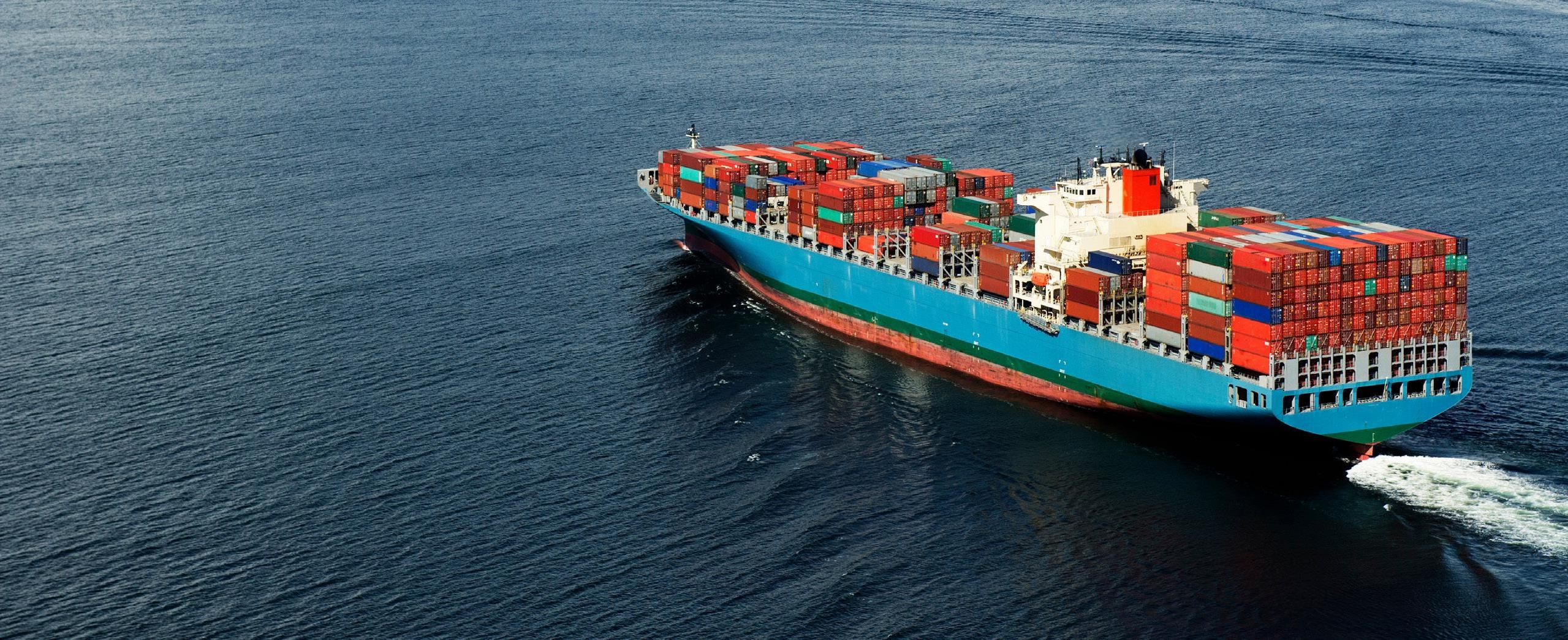
3 minute read
Post-Pandemic Economy › › › › › › › › › › › › › › › › › ›
Supply Chain Disruptions and the Post-Pandemic Economy
By Brody Garland, K & L Gates
2021 was an abject lesson in how the complexities of the vast and interconnected global supply chain leave us vulnerable to disruption at every stage of the process.
It feels like a world ago, but in the days preceding the COVID-19 pandemic, the economy was humming along. Consumer confidence was high, travel numbers were soaring, and there was no end in sight. There was adequate supply at virtually every stop of the supply chain: excess capacity on ships, no shortages of containers or chassis, and no measurable congestion at our ports, terminals, and railyards.
Fast forward to late 2019 into early 2020, a viral outbreak occurs in China, and the dominoes begin to fall on the stability of the global supply chain. Chinese ports and warehouses shuttered their doors to stop the spread of the disease, and for U.S. imports, the timing could not have been worse. These mass closures were further amplified by the seasonal impact of Chinese New Year, a time when many businesses in the region are typically shut down. From tires to steel to semiconductors, the U.S. reliance on imported goods and products from China would be dramatically exposed.
As COVID-19 continued to spread, companies started to adjust to new supply and demand curves. Shipping companies canceled sailings, and as the economy shrunk, consumers reflexively cut spending. But with households in lockdown and bank accounts surging with government stimulus, spending habits shifted. Consumers turned to more tangible goods, home improvement products, and anything else that could be delivered to your doorstep at the click of a button.
As demand soared unrelentingly, logistics systems trailed the action. Shipping companies, anticipating a drop in demand for their services, began taking ships out of service, reducing overall capacity and sending freight rates soaring. The result was a perfect storm of logistical vulnerabilities: containers and chassis became scarce, a labor shortage that existed prior to the pandemic increased further, and warehouses and shipping terminals experienced unprecedented overcrowding. While the early causes of supply chain disruption began with the behavioral impacts and economic stress of a pandemic, the problems would be compounded by other factors: the strength of the economic recovery, a shortage of workers across several key sectors, and a transportation and infrastructure network that was overstressed to the point of breaking.
The economic trends born at the height of the pandemic continued well into 2021, with major growth in U.S. GDP and a largely remote workforce still leaning heavily on goods over services.
Economic experts speculated as pandemic restrictions were lifted, supply chain disruptions would become more temporary, but those theories would quickly be proven wrong. A leading container throughput analyst reported that in July 2021 total container volume into the 10 largest U.S. ports was up 14.3 percent, following a 33.3 percent gain in June, and a whopping 52 percent increase in May.
There had been a marked shift in consumer spending habits worldwide, and it was becoming clear the supply chain would have to adjust to new realities and brace for continued pressure.
To further complicate the dynamic, the root causes would prove to be too many to count, while the solutions were so intertwined and interdependent, that solving one without addressing the others would be futile. Building out infrastructure at the ports would be insufficient without more containers and chassis. Increasing capacity would be ineffective without more ships. Increasing warehouse space would be counterproductive without more truck drivers.
As we look forward to 2022 and attempt to mitigate the supply chain congestion issues that punctuated the postpandemic economy in 2021, the problems we face will continue to challenge the transportation sector at every link of the chain. There will inevitably be some relief, but in the meantime, the economic consequences will be measured in surging prices, corresponding inflationary adjustments, and frustrating shipping delays.■










